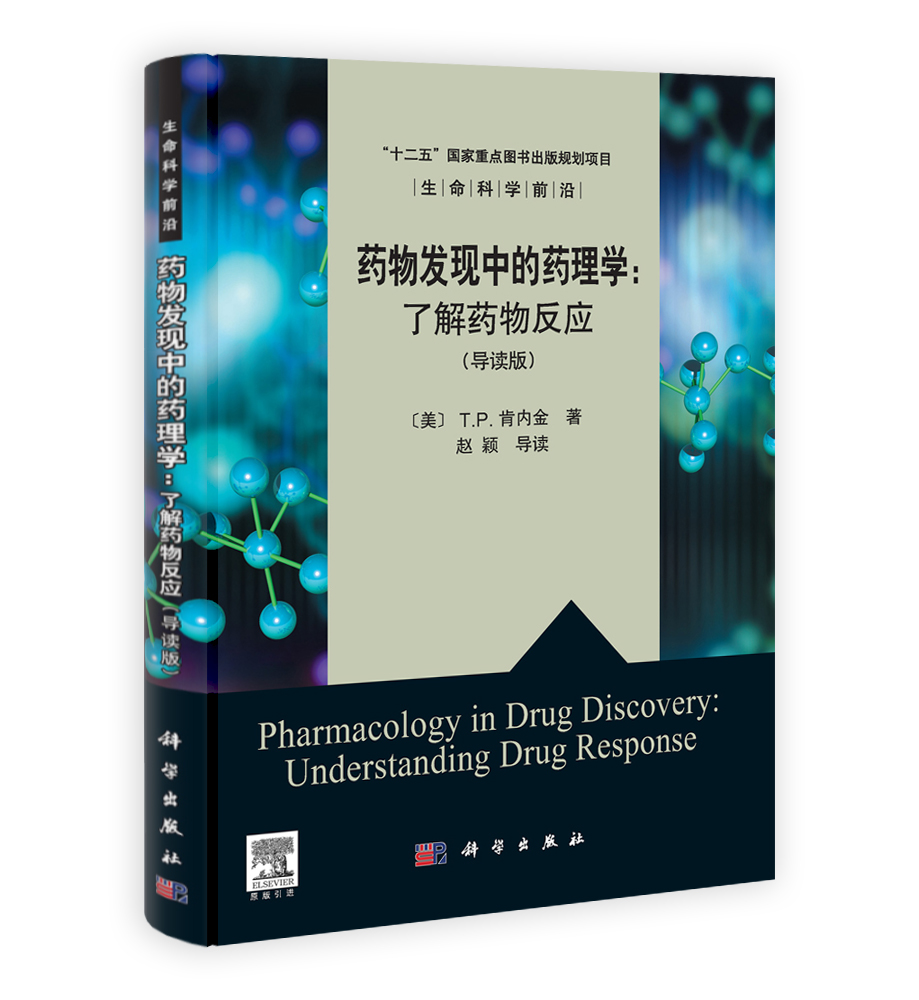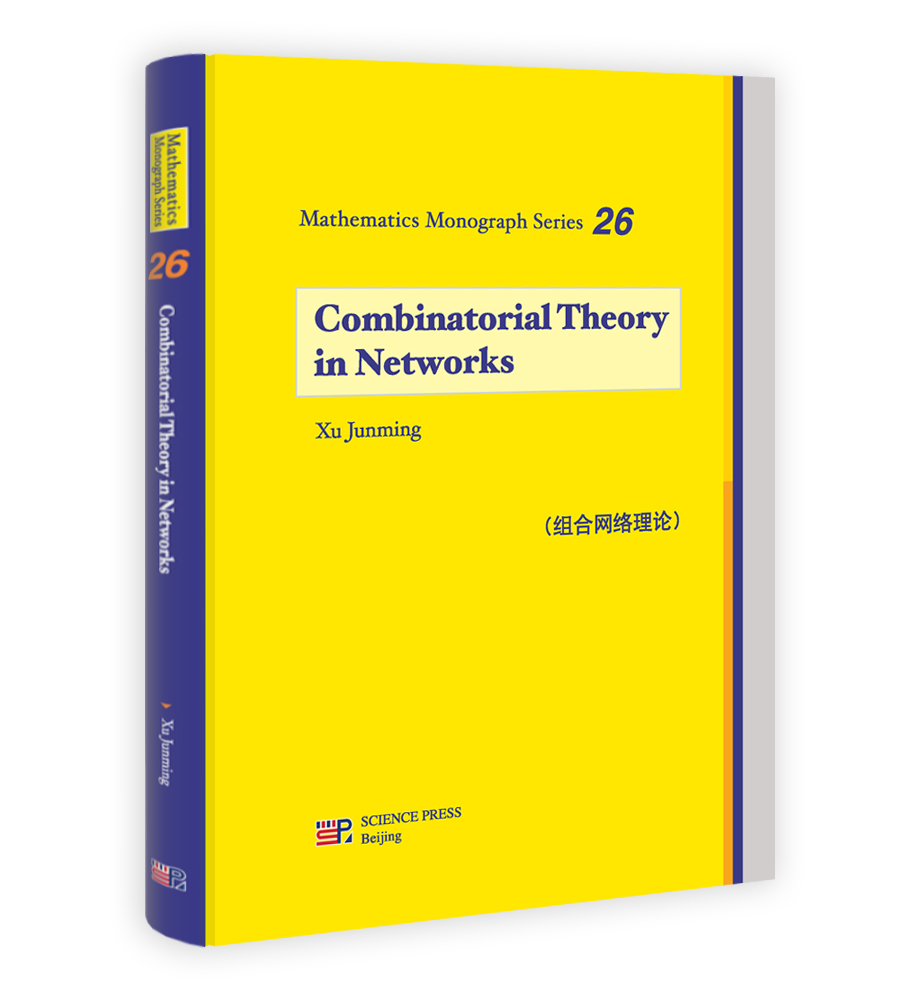本书完整地叙述了经典信息论和量子信息论,首先介绍了香农熵的基本概念和各种应用,然后介绍了量子信息和量子计算的核心特点。本书从经典信息论和量子信息论的角度,介绍了编码、压缩、纠错、加密和信道容量等内容,采用非正式但科学的精确方法,为读者提供了理解量子门和电路的知识。 本书自始至终都在向读者介绍重要的结论,而不是让读者迷失在数学推导的细节中,并且配有大量的实践案例和章后习题,适合电子、通信、计算机等专业的研究生和科研人员学习参考。
样章试读
目录
Introduction
1 Probability basics
1.1 Events,event space,and probabilities
1.2 Combinatorics
1.3 Combined,joint,and conditional probabilities
1.4 Exercises
2 Probability distributions
2.1 Mean and variance
2.2 Exponential,Poisson,and binomial distributions
2.3 Continuous distributions
2.4 Uniform,exponential,and Gaussian(normal)distributions
2.5 Central-limit theorem
2.6 Exercises
3 Measuring information
3.1 Making sense of information
3.2 Measuring information
3.3 Information bits
3.4 Rényi?s fake coin
3.5 Exercises
4 Entropy
4.1 From Boltzmann to Shannon
4.2 Entropy in dice
4.3 Language entropy
4.4 Maximum entropy(discrete source)
4.5 Exercises
5 Mutual information and more entropies
5.1 Joint and conditional entropies
5.2 Mutual information
5.3 Relative entropy
5.4 Exercises
6 Differential entropy
6.1 Entropy of continuous sources
6.2 Maximum entropy(continuous source)
6.3 Exercises
7 Algorithmic entropy and Kolmogorov complexity
7.1 Defining algorithmic entropy
7.2 The Turing machine
7.3 Universal Turing machine
7.4 Kolmogorov complexity
7.5 Kolmogorov complexity vs. Shannon?s entropy
7.6 Exercises
8 Information coding
8.1 Coding numbers
8.2 Coding language
8.3 The Morse code
8.4 Mean code length and coding efficiency
8.5 Optimizing coding efficiency
8.6 Shannon?s source-coding theorem
8.7 Exercises
9 Optimal coding and compression
9.1 Huffman codes
9.2 Data compression
9.3 Block codes
9.4 Exercises
10 Integer,arithmetic,and adaptive coding
10.1 Integer coding
10.2 Arithmetic coding
10.3 Adaptive Huffman coding
10.4 Lempel-Ziv coding
10.5 Exercises
11 Error correction
11.1 Communication channel
11.2 Linear block codes
11.3 Cyclic codes
11.4 Error-correction code types
11.5 Corrected bit-error-rate
11.6 Exercises
12 Channel entropy
12.1 Binary symmetric channel
12.2 Nonbinary and asymmetric discrete channels
12.3 Channel entropy and mutual information
12.4 Symbol error rate
12.5 Exercises
13 Channel capacity and coding theorem
13.1 Channel capacity
13.2 Typical sequences and the typical set
13.3 Shannon?s channel coding theorem
13.4 Exercises
14 Gaussian channel and Shannon-Hartley theorem
14.1 Gaussian channel
14.2 Nonlinear channel
14.3 Exercises
15 Reversible computation
15.1 Maxwell?s demon and Landauer?s principle
15.2 From computer architecture to logic gates
15.3 Reversible logic gates and computation
15.4 Exercises
16 Quantum bits and quantum gates
16.1 Quantum bits
16.2 Basic computations with 1-qubit quantum gates
16.3 Quantum gates with multiple qubit inputs and outputs
16.4 Quantum circuits
16.5 Tensor products
16.6 Noncloning theorem
16.7 Exercises
17 Quantum measurements
17.1 Dirac notation
17.2 Quantum measurements and types
17.3 Quantum measurements on joint states
17.4 Exercises
18 Qubit measurements,superdense coding,and quantum teleportation
18.1 Measuring single qubits
18.2 Measuring n-qubits
18.3 Bell state measurement
18.4 Superdense coding
18.5 Quantum teleportation
18.6 Distributed quantum computing
18.7 Exercises
19 Deutsch-Jozsa,quantum Fourier transform,and Grover quantum database search algorithms
19.1 Deutsch algorithm
19.2 Deutsch-Jozsa algorithm
19.3 Quantum Fourier transform algorithm
19.4 Grover quantum database search algorithm
19.5 Exercises
20 Shor?s factorization algorithm
20.1 Phase estimation
20.2 Order finding
20.3 Continued fraction expansion
20.4 From order finding to factorization
20.5 Shor?s factorization algorithm
20.6 Factorizing N=15 and other nontrivial composites
20.7 Public-key cryptography
20.8 Exercises
21 Quantum information theory
21.1 Von Neumann entropy
21.2 Relative,joint,and conditional entropy,and mutual information
21.3 Quantum communication channel and Holevo bound
21.4 Exercises
22 Quantum data compression
22.1 Quantum data compression and fidelity
22.2 Schumacher?s quantum coding theorem
22.3 A graphical and numerical illustration of Schumacher?s quantum coding theorem
22.4 Exercises
23 Quantum channel noise and channel capacity
23.1 Noisy quantum channels
23.2 The Holevo-Schumacher-Westmoreland capacity theorem
23.3 Capacity of some quantum channels
23.4 Exercises
24 Quantum error correction
24.1 Quantum repetition code
24.2 Shor code
24.3 Calderbank-Shor-Steine(CSS)codes
24.4 Hadamard-Steane code
24.5 Exercises
25 Classical and quantum cryptography
25.1 Message encryption,decryption,and code breaking
25.2 Encryption and decryption with binary numbers
25.3 Double-key encryption
25.4 Cryptography without key exchange
25.5 Public-key cryptography and RSA
25.6 Data encryption standard(DES)and advanced encryption standard(AES)
25.7 Quantum cryptography
25.8 Electromagnetic waves,polarization states,photons,and quantum measurements
25.9 A secure photon communication channel
25.10 The BB84 protocol for QKD
25.11 The B92 protocol
25.12 The EPR protocol
25.13 Is quantum cryptography?invulnerable??
Appendix A(Chapter 4)Boltzmann’s entropy
Appendix B(Chapter 4)Shannon’s entropy
Appendix C(Chapter 4)Maximum entropy of discrete sources
Appendix D(Chapter 5)Markov chains and the second law of thermodynamics
Appendix E(Chapter 6)From discrete to continuous entropy
Appendix F(Chapter 8)Kraft-McMillan inequality
Appendix G(Chapter 9)Overview of data compression standards
Appendix H(Chapter 10)Arithmetic coding algorithm
Appendix I(Chapter 10)Lempel-Ziv distinct parsing
Appendix J(Chapter 11)Error-correction capability of linear block codes
Appendix K(Chapter 13)Capacity of binary communication channels
Appendix L(Chapter 13)Converse proof of the channel coding theorem
Appendix M(Chapter 16)Bloch sphere representation of the qubit
Appendix N(Chapter 16)Pauli matrices,rotations,and unitary operators
Appendix O(Chapter 17)Heisenberg uncertainty principle
Appendix P(Chapter 18)Two-qubit teleportation
Appendix Q(Chapter 19)Quantum Fourier transform circuit
Appendix R(Chapter 20)Properties of continued fraction expansion
Appendix S(Chapter 20)Computation of inverse Fourier transform in the factorization of N=21 through Shor’s algorithm
Appendix T(Chapter 20)Modular arithmetic and Euler’s theorem
Appendix U(Chapter 21)Klein’s inequality
Appendix V(Chapter 21)Schmidt decomposition of joint pure states
Appendix W(Chapter 21)State purification
Appendix X(Chapter 21)Holevo bound
Appendix Y(Chapter 25)Polynomial byte representation and modular multiplication
Index]]>

























